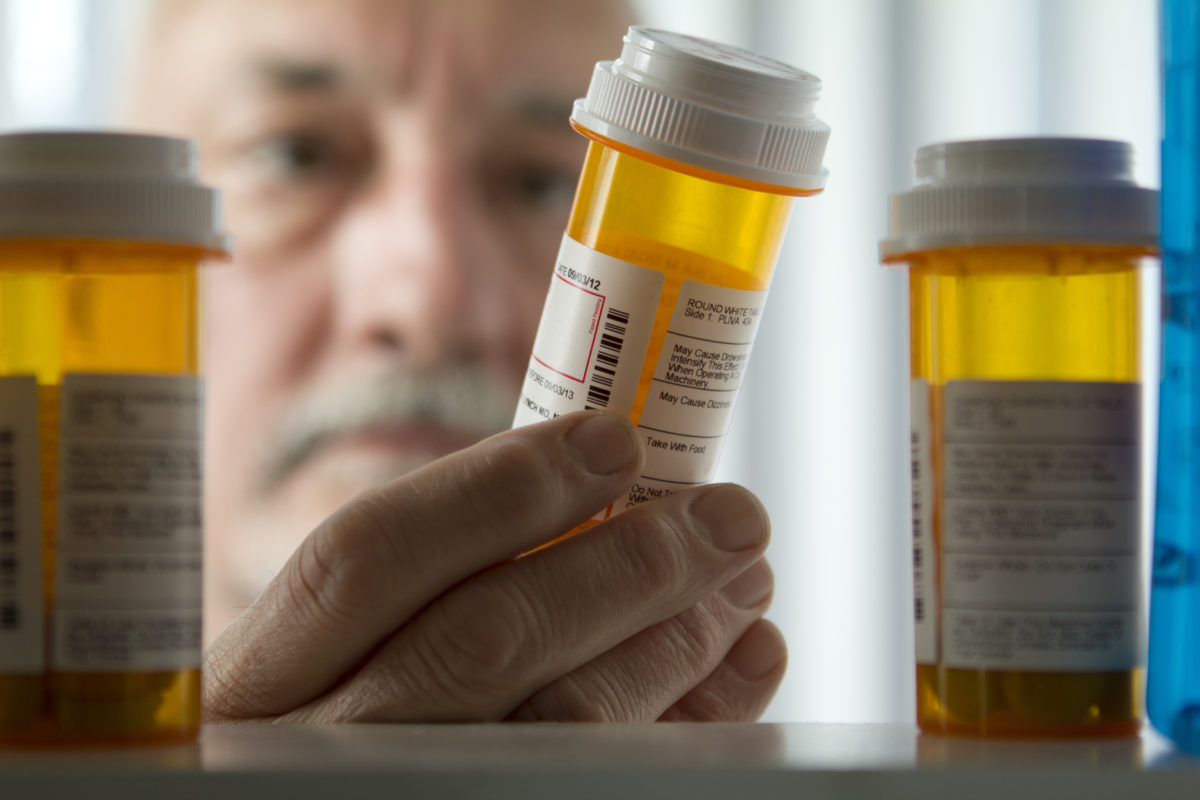
If you’ve ever had major surgery or chronic pain you know the reality of having to rely on pain medication. You take your medication on time. Sometimes you even have to watch the clock as you wait anxiously for the next time you can take another. Just so you can feel okay.
This is a reality for many people and it can also be a precursor for prescription drug abuse. Purdue, the makers of the prescription painkiller, oxycontin, have been under the microscope for years for precisely this problem.
Oxycontin emerged on the scene about 20 years ago, making bold claims. “Smooth and sustained pain control all day and all night” the ads spouted, promising 12-hour relief (twice as long as it’s generic counterparts). It was the first prescription painkiller to make such a statement. A statement that became the foundation of which a $31 billion-dollar bestselling painkiller was born.
Sounds great, right? A company comes out with an effective painkiller that is meant to make our lives easier. As a result, they benefit from mountains of success. What could possibly be the problem?
The problem is this.
Since it was released in 1996, Oxycontin has become one of the most heavily abused prescription opioids in U.S. history. Although it’s 12-hour claim made it successful, trouble was brewing. Recent research and an article in the LA Times proves that not only is the 12 hour claim untrue but that Purdue knew about it the entire time.
Documents show that even in the clinical trials, many patients weren’t getting the full 12 hours of relief. Some have even been as little as six hours, at which point patients start to feel the symptoms of withdrawal.
Doctors were simply told to enforce the 12-hour regimen and increase their patient’s dosage. In terms of addiction, an increase in dosage only added to the problem. Research shows that the stronger the dosage of an opioid, the more likely the patient is to develop an addiction that could lead to overdose, or worse, death.
To this day, more than half of current oxycontin users are taking dosages that are considered dangerously high.
The article in the LA Times is supported by over 20 years of documents from court cases, government investigations, and even records that were sealed by the courts. They include detailed information on the development and launch of Oxycontin, the response from Purdue to complaints about the painkilling effects wearing off too early, and the worries and concerns from executives on the financial impact of said complaints.
Also included were documents and statements from the FDA, patients who suffered from pain, as well as interviews with experts in the pain management and addiction fields.
The proof is there. The denial remains. So, what can we do?
According to a recent article on Vice, a “go slow and stay low” approach would make addiction less likely to bloom. Also, pharmaceutical companies need to be more highly regulated and punishment for severe ethical violations need to be enforced. Direct to consumer advertising should be banned. Clinical trials should be taken on by the National Institutes of Health as opposed to the pharmaceutical companies themselves.

